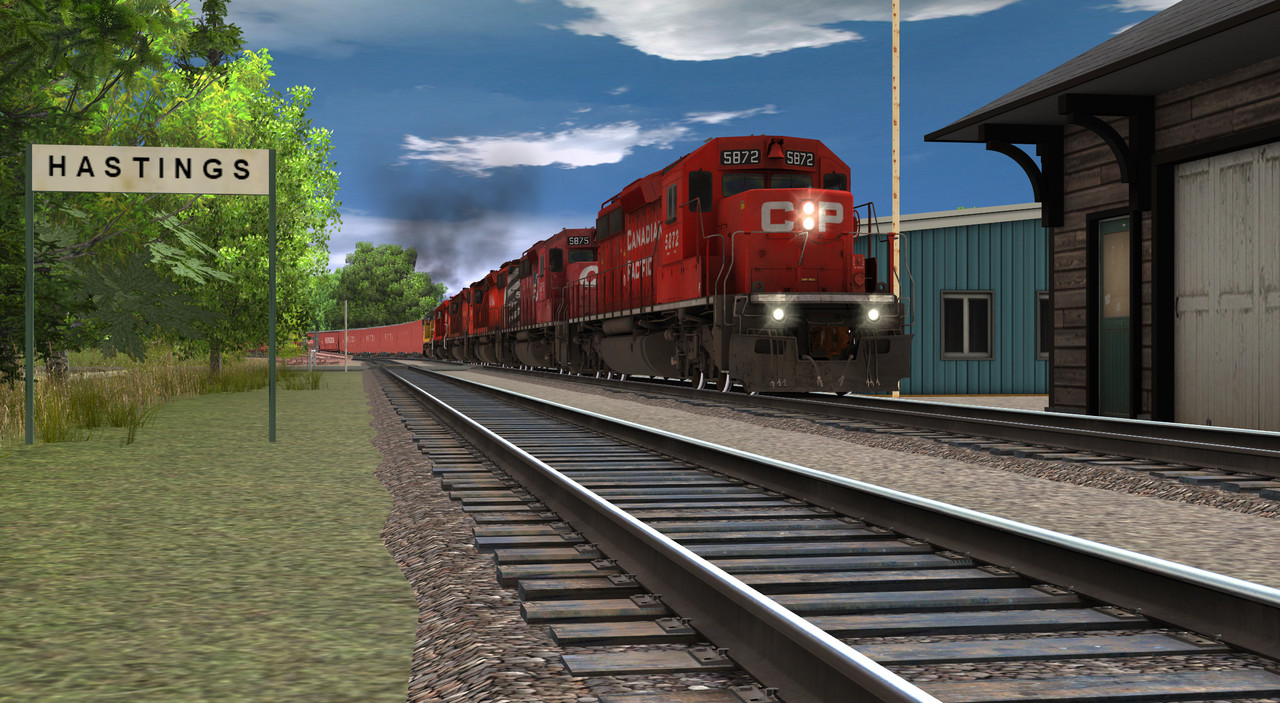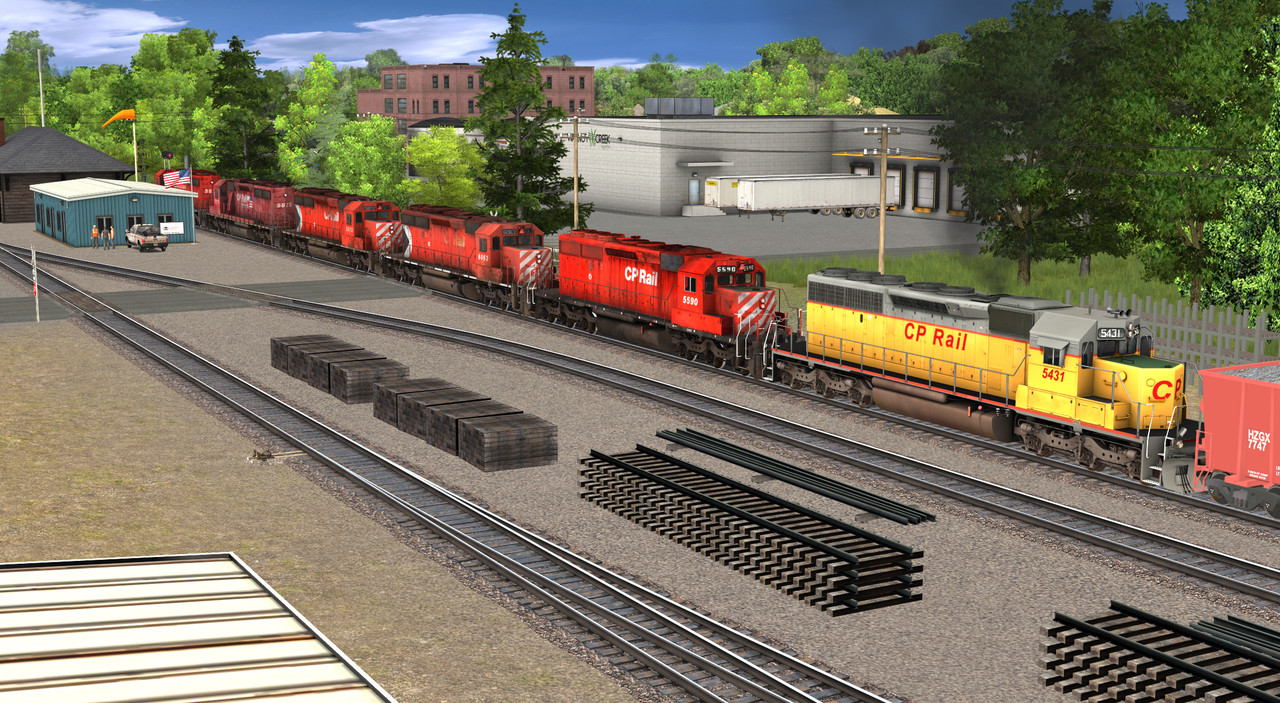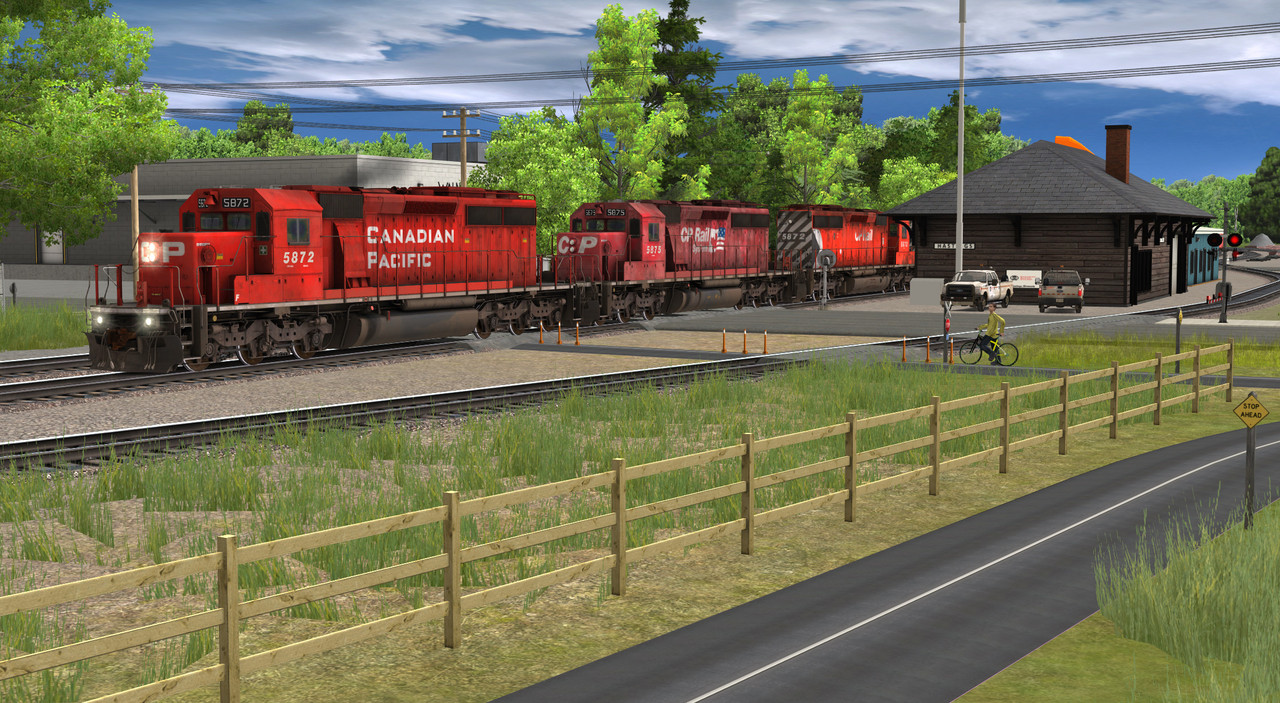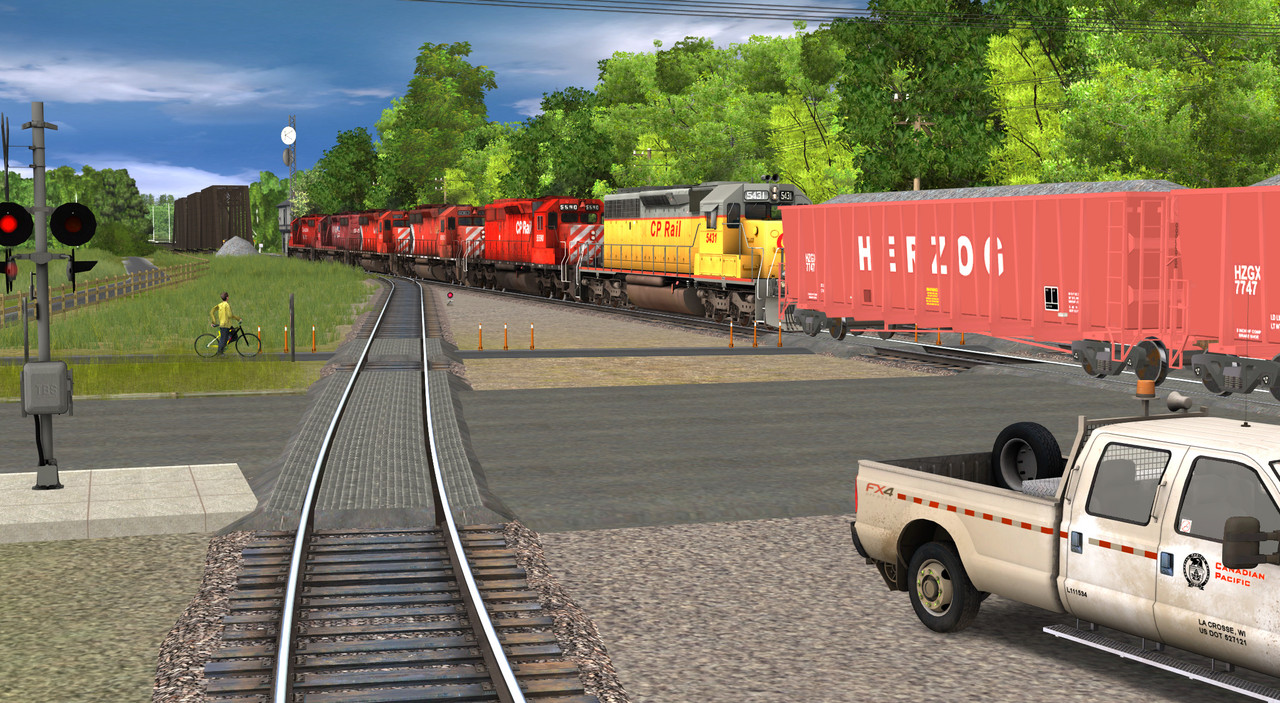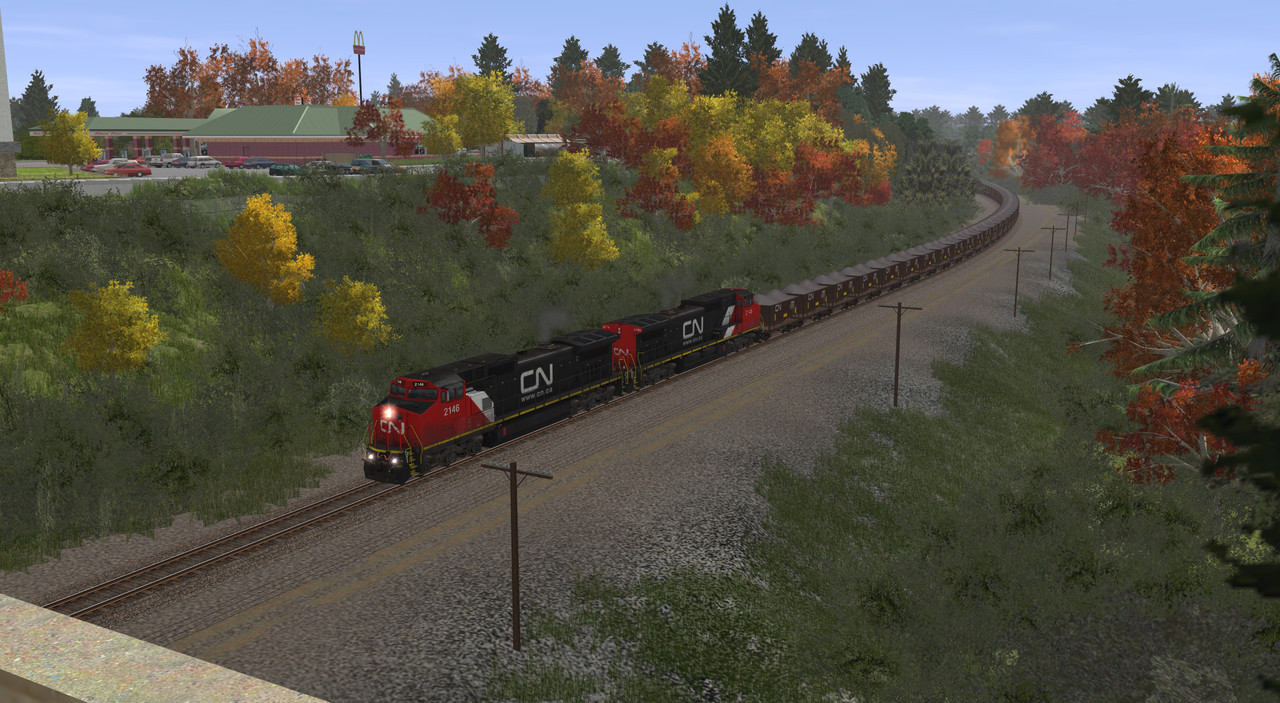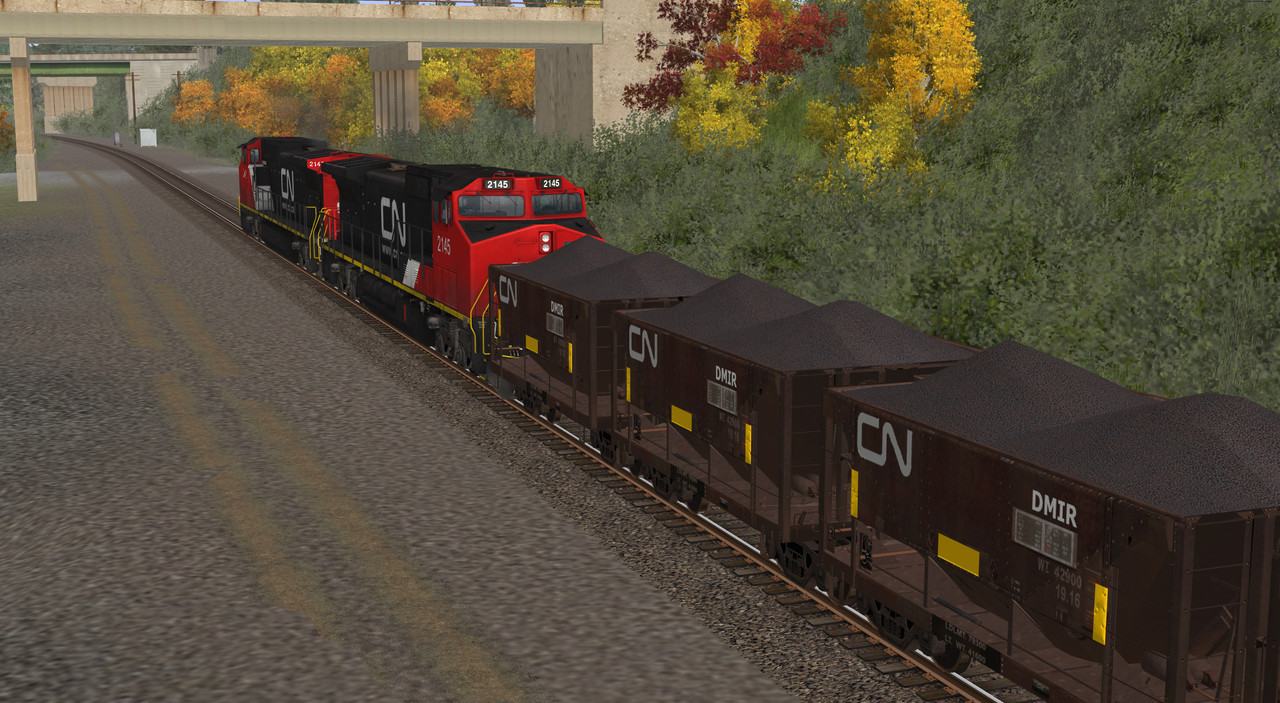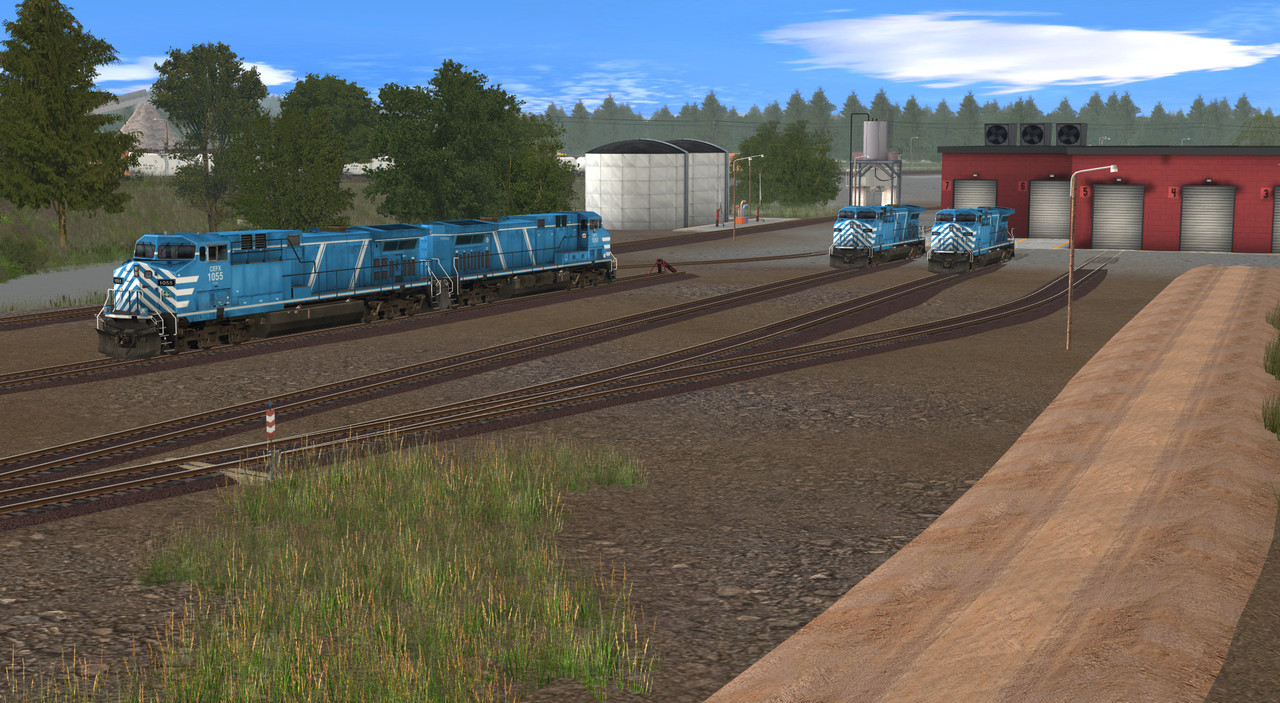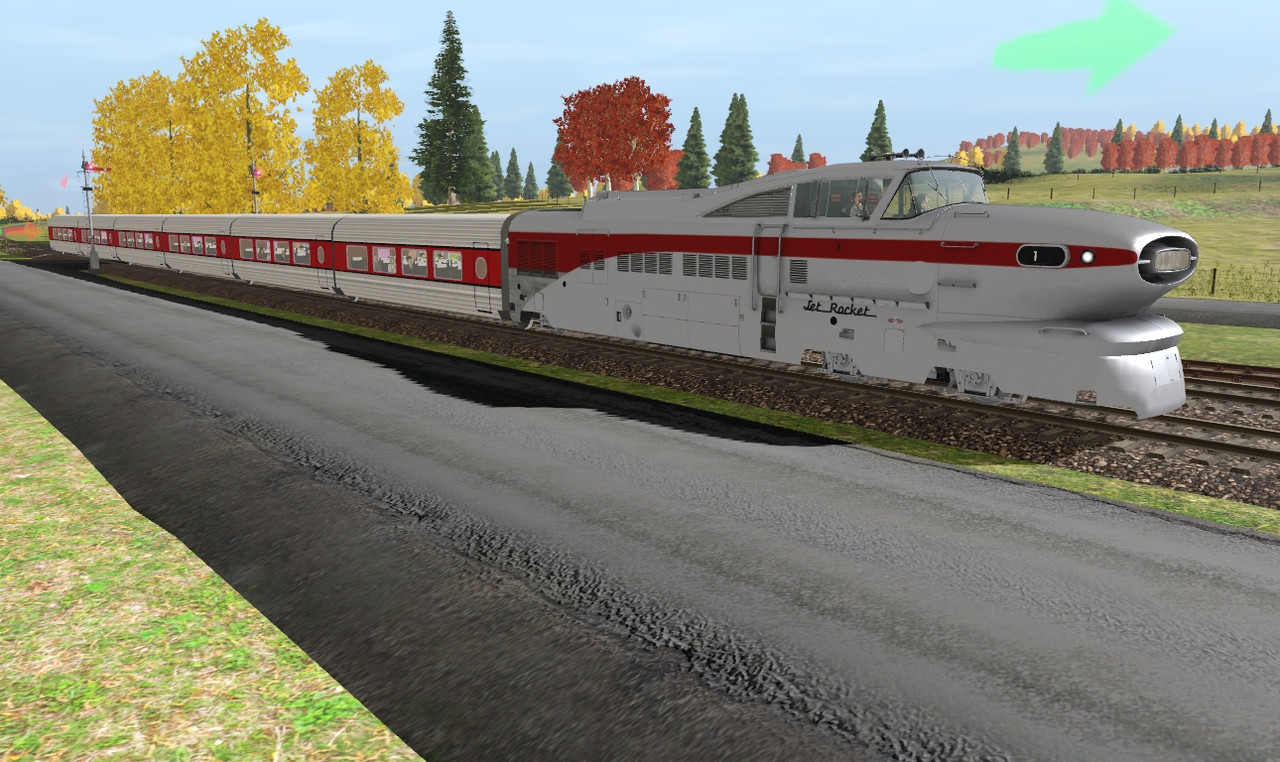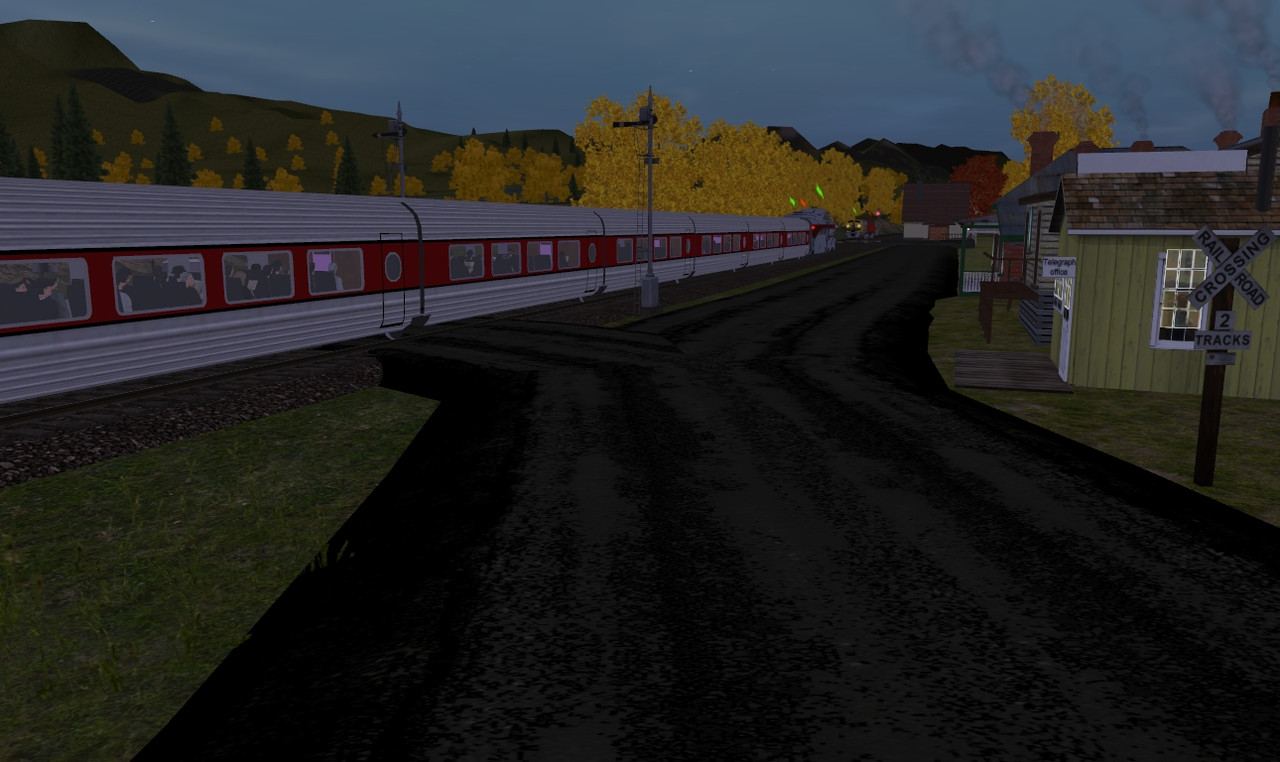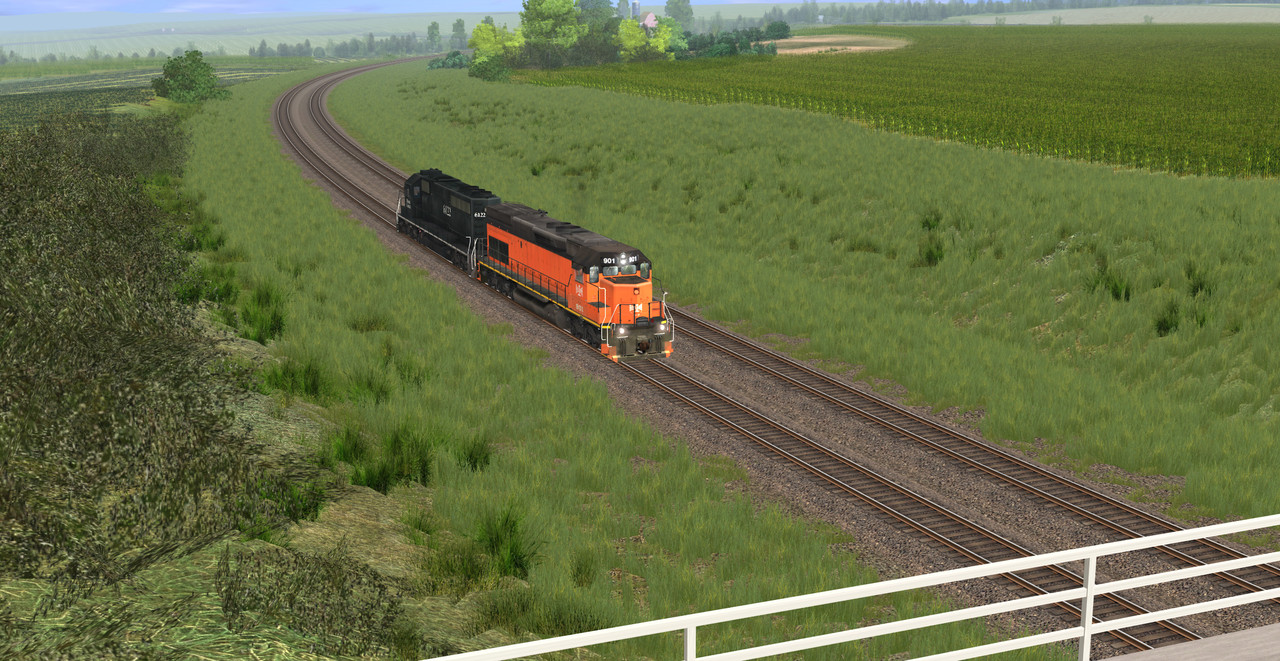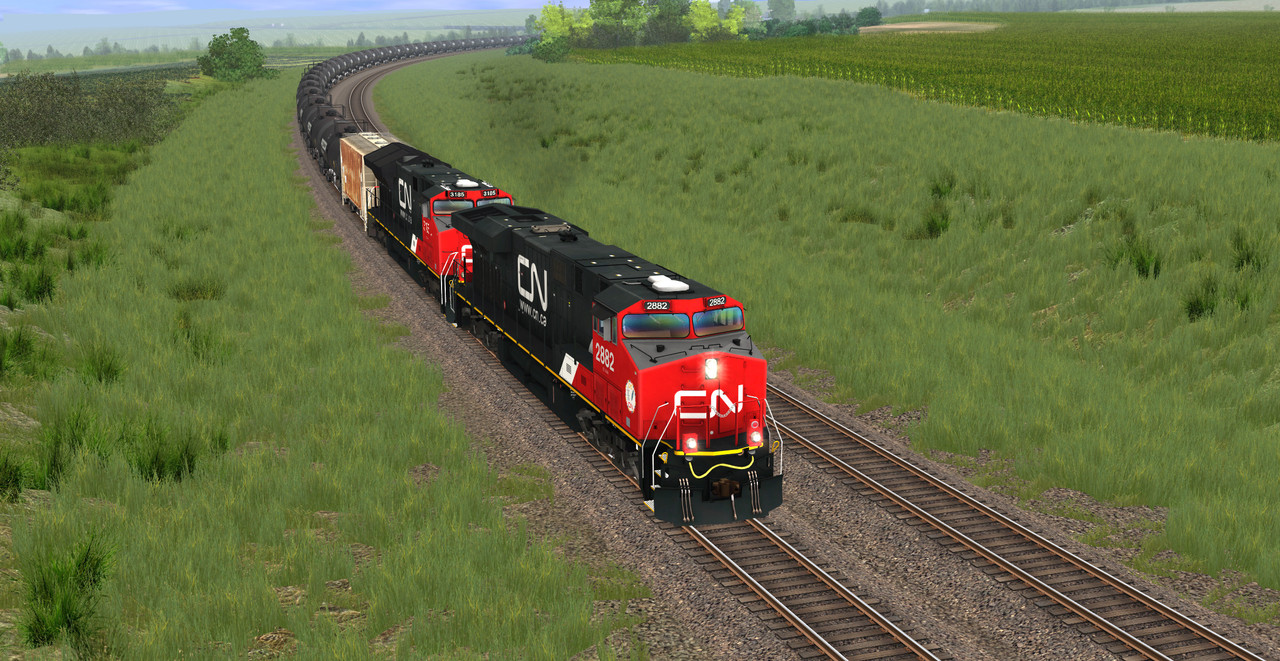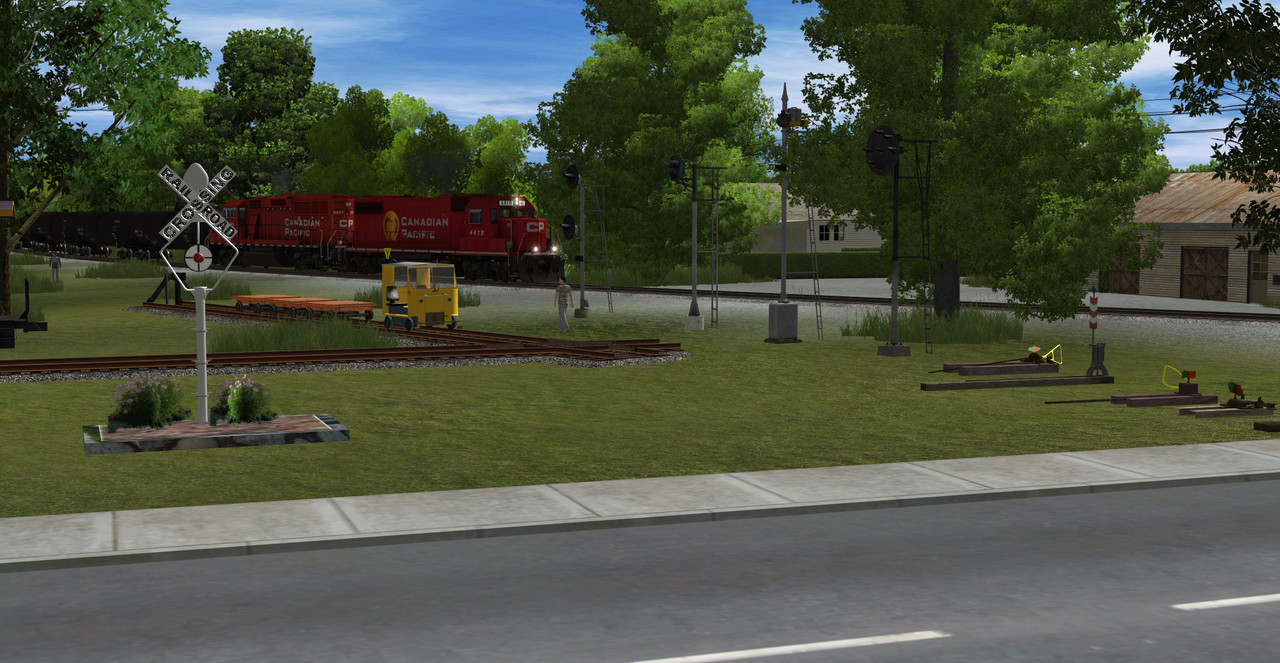Install the app
How to install the app on iOS
Follow along with the video below to see how to install our site as a web app on your home screen.
Note: This feature may not be available in some browsers.
You are using an out of date browser. It may not display this or other websites correctly.
You should upgrade or use an alternative browser.
You should upgrade or use an alternative browser.
USA Pics
- Thread starter Dermmy
- Start date
nikitka1988
Virtual Railroad Tycoon




Nikita:wave:
fant_autentico
Well-known member
Gary_Evans
Still plays with Trainz
From the tower edited
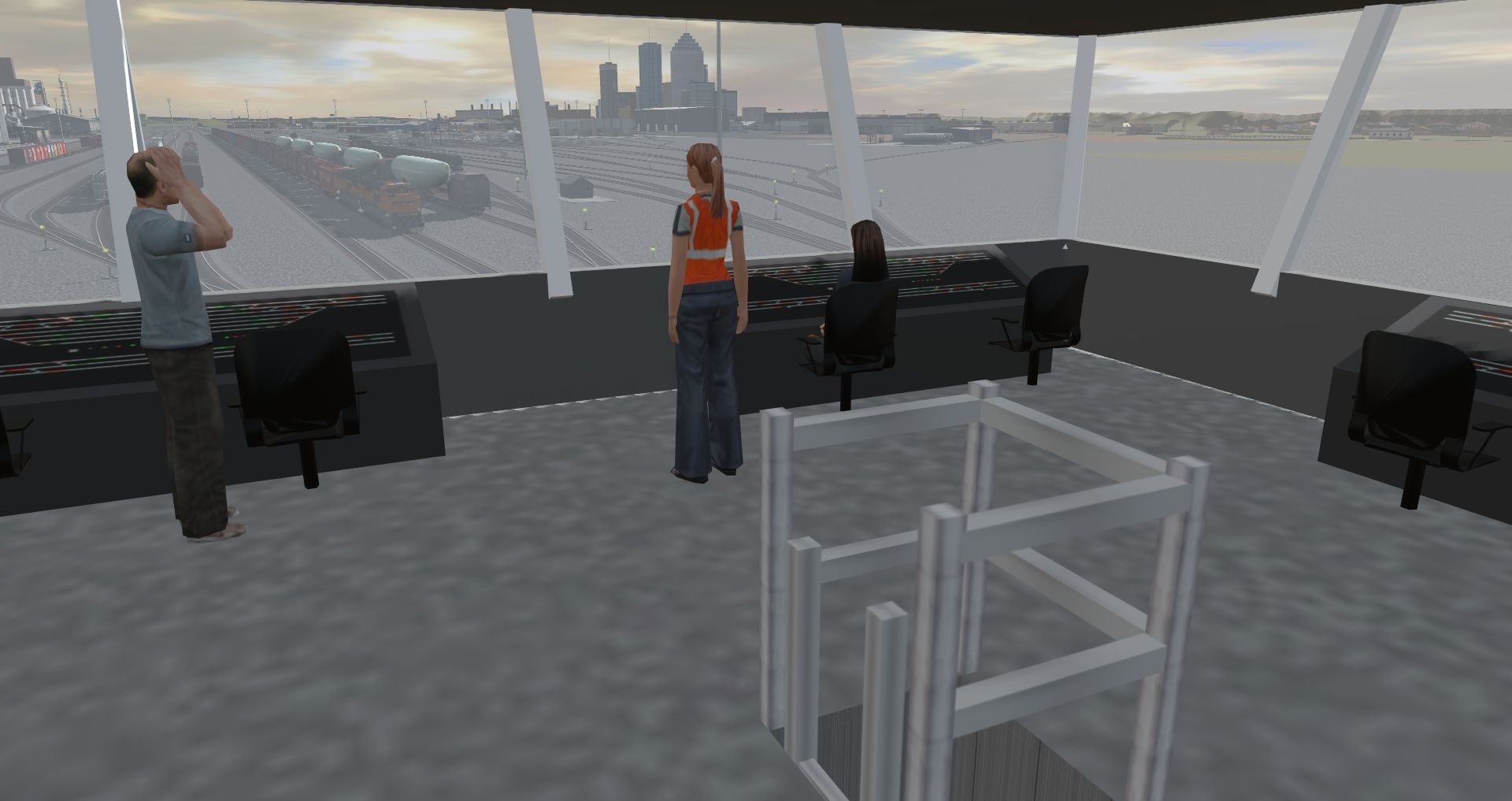





Heinrich505
Active member
Flusi737,
Those are really great shots of that route! I especially like the shot with the steamer in it. The route looks amazing! :Y:
Heinrich505
Those are really great shots of that route! I especially like the shot with the steamer in it. The route looks amazing! :Y:
Heinrich505
SLRR E74 and E82 suck up as much electricity as they can as they run westbound, just outside of Brownsville, OH. Train Y301 has been delayed heavily, and combined with a nearly empty line ahead of them, a little back-and-forth with dispatch and the electrification department means the motors are greenlit to break a few rules for once. Stretching their legs for the first time since the plains of the easternmost part of the Milwaukee's electrification, the pair of once Russian-bound locomotives finally give an answer to what their top speed is, post-rebuild and running gear repairs.
Here alongside US-40 by Brownsville, they're at 75mph. It was only about 20 minutes later they hit Reynoldsburg at their top speed. If you feel like it, you might be able to figure that speed with some math... maybe. I haven't done the math, but I'm sure it's doable!

Cheers,
SM
Here alongside US-40 by Brownsville, they're at 75mph. It was only about 20 minutes later they hit Reynoldsburg at their top speed. If you feel like it, you might be able to figure that speed with some math... maybe. I haven't done the math, but I'm sure it's doable!

Cheers,
SM
Trainmaster189
Active member
That's awesome!
So are there any plans of buying new electrics in the future?
So are there any plans of buying new electrics in the future?
In my fictional world, where the Milwaukee Road didn't go bankrupt, the Milwaukee Road electrified the section between the two electrified sections, upgraded the electrification, purchased ex-Conrail E44's, ex-New Haven E33C's, and ex-Amtrak E60's re-geared for freight service with their steam or HEP generators removed. They also became a key player in Pacific Northwest-Midwest intermodal service, competing with BN and later BNSF for intermodal service between the Pacific Northwest and Chicago.
That's awesome!
So are there any plans of buying new electrics in the future?
Thank you!
The roster for Silver Lines equipment is, as always, a work in progress, however lately I've put much more thought into the electrification. I wrote 22 pages of backstory and explanation for the electrification, including the route(s) and locomotives. I also have an equipment spreadsheet.
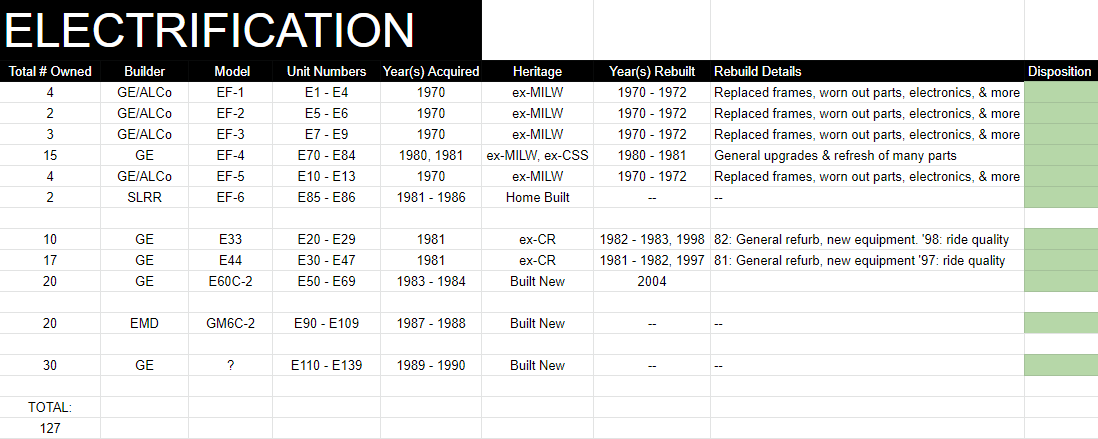
E60C-2s are pretty self explanatory. The GM6C-2 is essentially just the 1975 GM6C we all know, except with some modifications from SLRR to make it suit them best. The GM6C and GM10B went on a tour around all the electrified railroads between 1976 and 1979, with SLRR getting the 1978 test and Milwaukee Road getting the 1979 test. Nearly a decade later, both railroads bought some - SLRR 20 modified GM6Cs (hence the -2), and Milwaukee, finally gaining some confidence over their owner, GE, picked up 15 modified GM10Bs. GM6C-2 E90 is the original GM6C, 1975.
The "?" locomotive is as such because it never had a name. These are essentially based on a GE proposal to Milwaukee Road back in 1969, however they would be quite different as they would become 25kv locomotives instead of 3000V DC. Most likely these would resemble the E60 in some way is my guess, however it's hard to say. Although these are the last motors on my electric roster, the railroad certainly would buy more over the years as the overhead wire continued to expand outward from West Virginia and southeastern Ohio.
One day I hope to see some newer models of the E33s, E44s, etc, so that I can finally give them some grey and black paint.
In my fictional world, where the Milwaukee Road didn't go bankrupt, the Milwaukee Road electrified the section between the two electrified sections, upgraded the electrification, purchased ex-Conrail E44's, ex-New Haven E33C's, and ex-Amtrak E60's re-geared for freight service with their steam or HEP generators removed. They also became a key player in Pacific Northwest-Midwest intermodal service, competing with BN and later BNSF for intermodal service between the Pacific Northwest and Chicago.
I took a similar, yet different approach to keeping the Milwaukee around in mine. Like in the real world, Milwaukee Road went bankrupt because, let's face it, they are a terrible company and make terrible financial decisions. Silver Lines approached them in 1968 to talk about taking in their old electrics as the railroad wanted to use something old as a testbed for equipment they had. Also, I just wanted to save the boxcabs, so hey. What started as a talk about buying dying motors for scrap value ended up becoming a four way deal between SLRR, MILW, GE, & ASEA. SLRR would end up taking in all of Milwaukee's electric road engines by 1980, and GE would deliver the Milwaukee new electrics. To go with the new electrics, GE would also finance a massive upgrade program, and rebuild the Milwaukee wires to 25kv 60hz, replacing the 3000V DC system built 50 years before. It would also bridge "The Gap" and create a continuous 868 miles of electrification.
A few years into the project - around 1973 or so - once again Milwaukee came into a stretch of bad luck. Just like they did in real life, their shareholders sued them for being unable to pay bond payments to them. GE offered to help, but it came with a price of its own. Milwaukee accepted. GE took care of the shareholders payments and the lawsuits, but it had earned itself a controlling interest in the railroad. Now, Milwaukee Road was owned by GE.
With things like Staggers in 1980, GE backing the company and revitalizing the electrification, and traffic starting to pick up, Milwaukee squeezed through and survived. They adopted intermodal traffic and finally became a true competitor. The PCE finally had a true purpose to exist, shipping containers between the Midwest and Puget Sound, and the company was doing alright for once. Today, Milwaukee Road and Silver Lines are on friendly terms despite the heavy competition between the two in the upper Midwest, and both railroads have seen expansions of their electrification over the years.
Lore is fun to write! I've got a 33 page document on the lore in my world, combined with another 14 page document of more focused answers to questions (some of which retread the above stuff, some of which is now invalid). It's certainly easy to go overboard with it!
To level things out, here's a pair of screenshots.
A little known fact is Silver Lines operates an iron mine in Minnesota, taking the ore to shipping docks in much the same way other companies like LS&I, DM&IR, and others, do. The mine itself is fictional, as you'd expect, and is known as the Aurora Mine. It is part of the Mesabi Iron Range and is still rather productive. It's one of less than a dozen iron mines left in the country. Trains that serve the mine continue to use 1940s-era ore hoppers, much like the LS&I do today. For a brief period of time, the motive power stationed at the mine was entirely staffed by SLRRs C628s, however they were replaced with newer motors within a year and a half.


Similar threads
- Replies
- 7
- Views
- 359
- Replies
- 3
- Views
- 668


